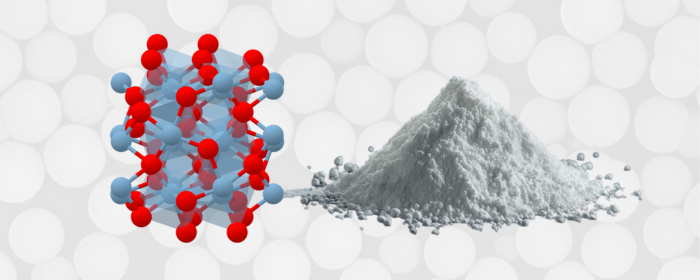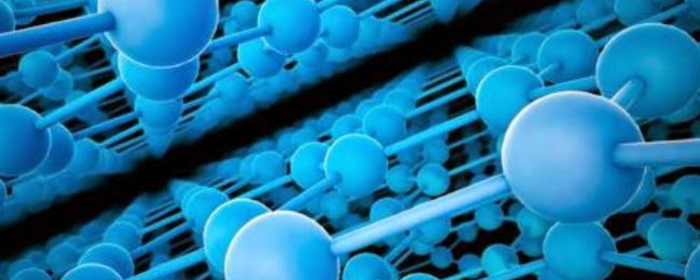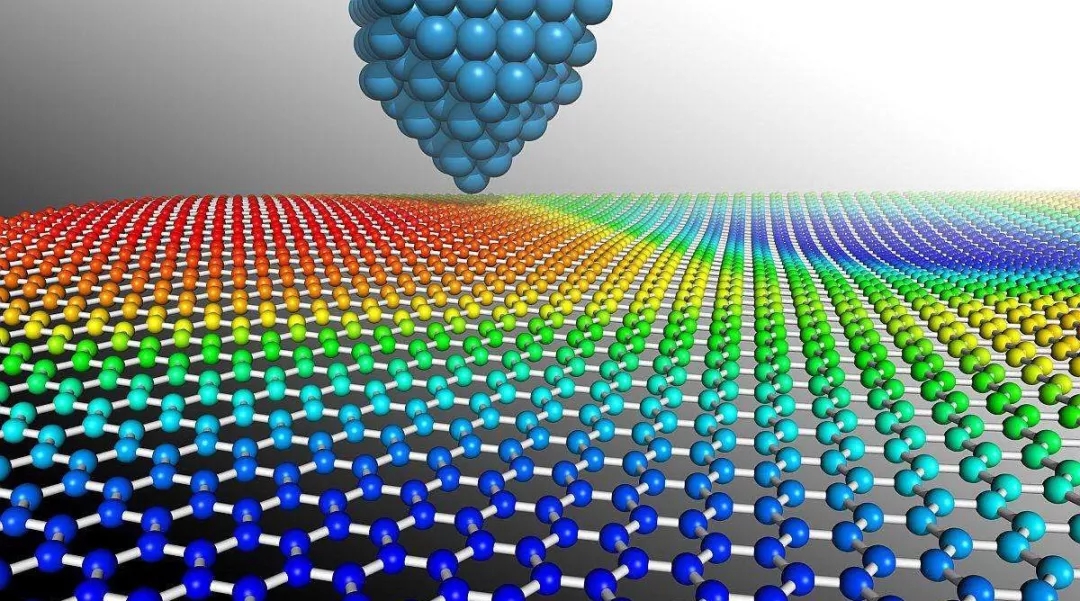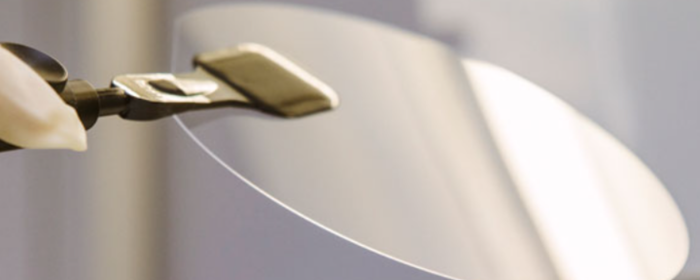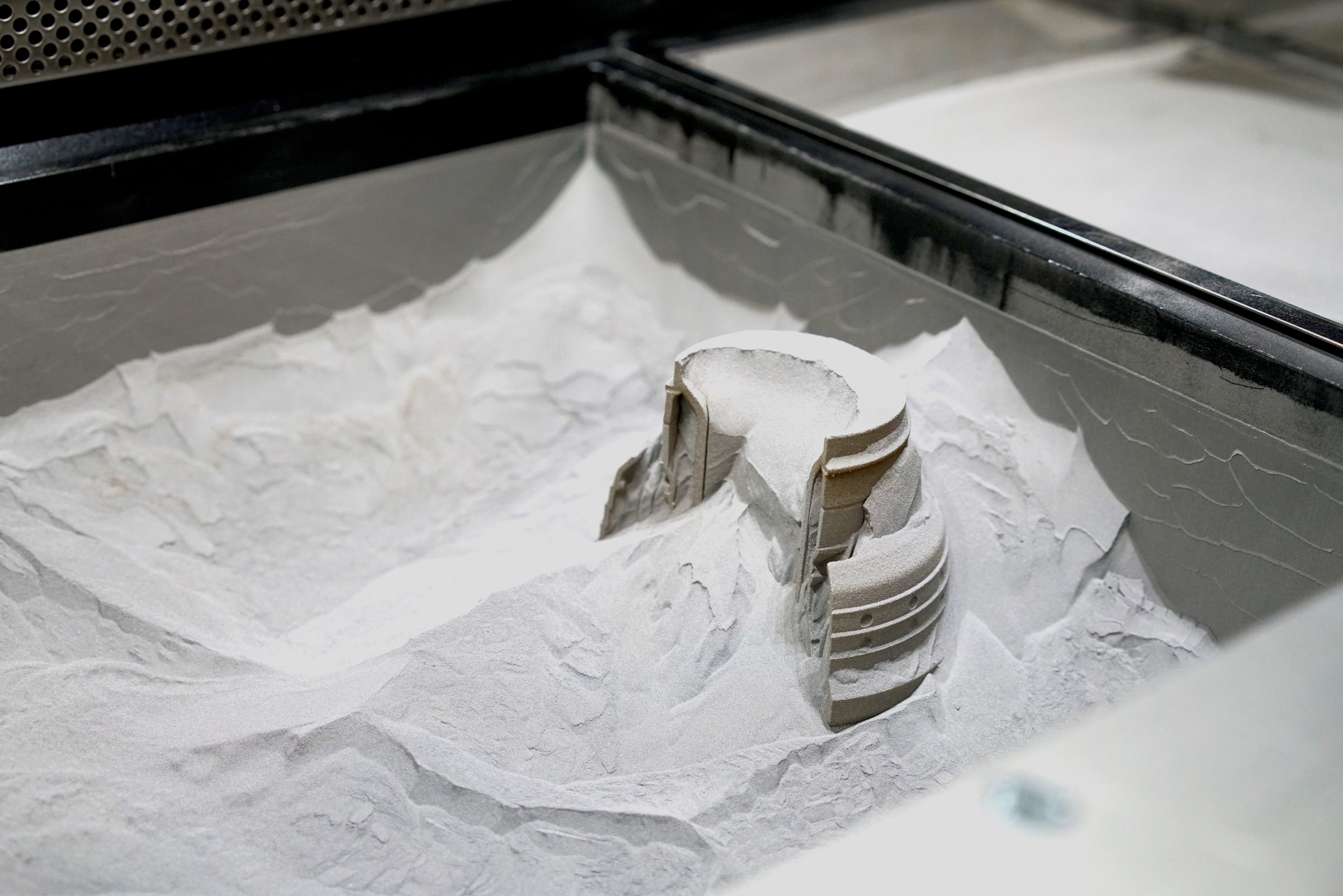

Conductive Fillers are functional materials added to insulating or weakly conductive base materials. Their primary function is to enhance the electrical conductivity of composite materials. They achieve this by forming a conductive network, enabling materials that are originally non-conductive or weakly conductive to exhibit antistatic, electromagnetic interference (EMI) shielding, conductive, or thermal conductive properties.
The selection of conductive fillers directly impacts the final product’s electrical conductivity, mechanical properties, stability, and cost.
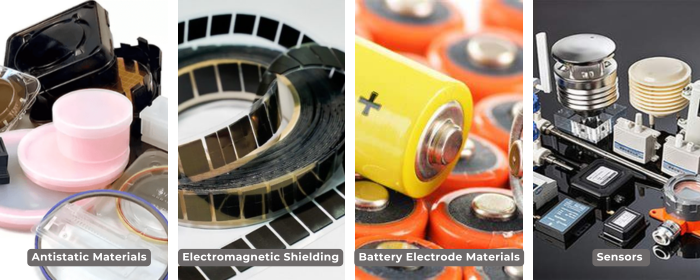
Main Applications of Conductive Fillers:
Metal-based conductive fillers are preferred for many high-end applications due to their high electrical conductivity, stability, and ease of processing. Common metal conductive fillers include silver powder, silver-coated copper powder, nickel powder, and silver-coated aluminum powder.
Conductivity: ⭐️⭐️⭐️⭐️⭐️
Anti-Oxidation: Excellent
Cost: Extremely high
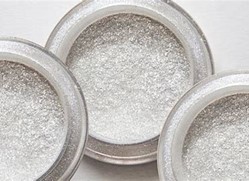
Characteristics of Silver Powder:
|
Property |
Value/Description |
|
Density |
10.49 g/cm³ |
|
Resistivity |
1.59×10⁻⁶ Ω·cm (bulk material) |
|
Melting Point |
961.8°C |
|
Thermal Conductivity |
429 W/(m·K) |
Silver is the highest electrical conductivity metal in nature, second only to copper. Therefore, silver powder is one of the most excellent conductive fillers and holds an irreplaceable position in high-end electronics. Silver powder not only boasts outstanding electrical conductivity but also excellent thermal conductivity, aiding in material heat dissipation. Additionally, silver powder possesses antibacterial and light-reflective properties, expanding its range of applications.
Suitable Applications:
Advantages: Best conductivity, excellent stability.
Disadvantages: Expensive, not suitable for low-cost applications.
Conductivity: ⭐️⭐️⭐️⭐️ (close to silver powder)
Anti-Oxidation: Good
Cost: Moderately high (30%~50% lower than pure silver powder)
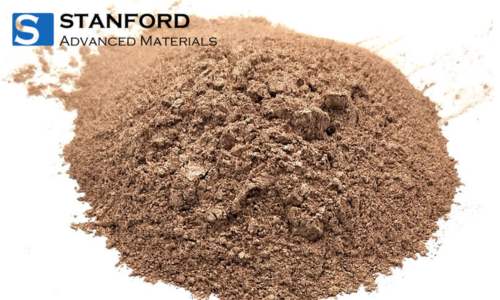
Characteristics of Silver-Coated Copper Powder:
|
Property |
Silver-Coated Copper Powder |
Pure Copper |
Pure Silver |
|
Density |
~9.5 - 10.2 g/cm³ |
8.96 g/cm³ |
10.49 g/cm³ |
|
Resistivity |
~1.7 - 2.0 × 10⁻⁸ Ω·m |
1.68 × 10⁻⁸ Ω·m |
1.59 × 10⁻⁸ Ω·m |
|
Melting Point |
~950 - 1050°C |
1085°C |
961.8°C |
|
Thermal Conductivity |
~400 - 420 W/(m·K) |
401 W/(m·K) |
429 W/(m·K) |
Copper itself has excellent electrical conductivity, but it is prone to oxidation in the air, which affects its conductivity. Silver has good anti-oxidation properties, so coating a layer of silver on the surface of copper powder combines copper’s excellent conductivity with silver’s high conductivity and anti-oxidation properties. Compared to pure silver powder, silver-coated copper powder significantly reduces material costs while maintaining comparable performance, making it suitable for large-scale applications. Silver-coated copper powder is widely used in electronics, energy, automotive, medical, and other industries.
Suitable Applications:
Advantages: High cost-performance, conductivity close to silver powder.
Disadvantages: Copper easily oxidizes after silver layer damage, long-term stability slightly inferior to pure silver.
Conductivity: ⭐️⭐️⭐️
Anti-Oxidation: Excellent (suitable for harsh environments)
Cost: Lower
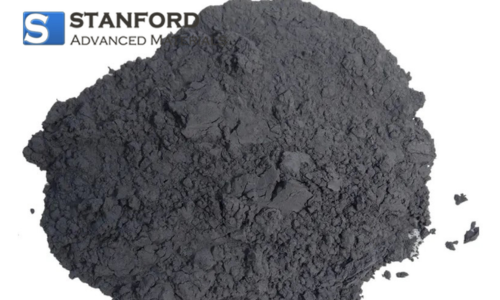
Characteristics of Nickel Powder:
|
Property |
Value |
|
Density |
8.90 - 8.95 g/cm³ |
|
Resistivity |
6.99 × 10⁻⁸ Ω·m |
|
Melting Point |
1455°C |
|
Thermal Conductivity |
90 W/(m·K) |
Nickel powder is an important conductive filler widely used in electronics, electrical, composites, and other high-tech fields. Nickel powder has excellent corrosion resistance and high-temperature stability, playing a significant role in multiple areas. Although its conductivity is not as good as copper and silver, it is sufficient for certain applications.
Suitable Applications:
Advantages: Corrosion-resistant, low cost, suitable for EMI shielding.
Disadvantages: Average conductivity, not suitable for high-conductivity needs.
Conductivity: ⭐️⭐️⭐️ (dependent on silver layer)
Anti-Oxidation: Average (aluminum easily oxidizes, performance declines if silver layer is damaged)
Cost: Moderate
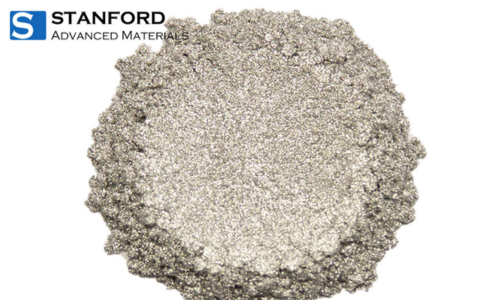
Characteristics of Silver-Coated Aluminum Powder:
Since the specific properties of silver-coated aluminum powder vary depending on the thickness of the silver layer, aluminum powder particle size, and coating uniformity, the following data are approximate ranges.
|
Property |
Silver-Coated Aluminum Powder |
Pure Aluminum |
Pure Silver |
|
Density |
~2.8 - 4.0 g/cm³ |
2.70 g/cm³ |
10.49 g/cm³ |
|
Resistivity |
~1.5 - 2.0 × 10⁻⁸ Ω·m |
2.82 × 10⁻⁸ Ω·m |
1.59 × 10⁻⁸ Ω·m |
|
Melting Point |
~900 - 950°C |
660°C |
961.8°C |
|
Thermal Conductivity |
~300 - 400 W/(m·K) |
237 W/(m·K) |
429 W/(m·K) |
Similar to silver-coated copper powder, silver-coated aluminum powder refers to composite materials where a layer of silver is coated on the surface of aluminum powder particles through methods such as electroplating or chemical plating. This surface treatment retains the low density and good processing properties of aluminum powder while imparting excellent electrical conductivity and corrosion resistance.
Suitable Applications:
Advantages: Lightweight, relatively low cost.
Disadvantages: Poor long-term stability, not suitable for high-reliability applications.
Based on the introduction of different material properties above, we can summarize a comparative table.
Comparative Table of Different Conductive Fillers: Silver Powder vs. Silver-Coated Copper Powder vs. Nickel Powder vs. Silver-Coated Aluminum Powder
|
Filler Type |
Conductivity |
Anti-Oxidation |
Cost |
Best Suitable Applications |
|
Silver Powder |
⭐⭐⭐⭐⭐ |
⭐⭐⭐⭐⭐ |
⭐⭐ |
High-Precision Electronics, Medical/Aerospace |
|
Silver-Coated Copper Powder |
⭐⭐⭐⭐ |
⭐⭐⭐⭐ |
⭐⭐⭐ |
Mid-to-High-End Conductive, EMI Shielding |
|
Nickel Powder |
⭐⭐⭐ |
⭐⭐⭐⭐⭐ |
⭐⭐⭐⭐ |
EMI Shielding, Corrosion-Resistant Environments |
|
Silver-Coated Aluminum Powder |
⭐⭐⭐ |
⭐⭐ |
⭐⭐⭐⭐ |
Lightweight Conductive, Consumer Electronics |
Silver powder offers the best performance, with excellent conductivity, corrosion resistance, antibacterial properties, and more, but it is costly. Silver-coated copper powder combines the advantages of copper and silver powders, offering conductivity close to pure silver powder with significantly lower material costs, suitable for large-scale applications. Nickel powder is highly corrosion-resistant, with average conductivity, making it ideal for EMI shielding applications. Silver-coated aluminum powder has low density, making it very suitable for lightweight applications.
When selecting conductive fillers, a comprehensive consideration of conductivity, environmental stability, cost, and other factors is necessary.
Consideration Factors:
|
Factor |
Requirement |
Choose |
|
Conductivity Needs |
Ultra-high conductivity (e.g., precision electronics) |
Silver Powder |
|
High conductivity but limited budget |
Silver-Coated Copper Powder |
|
|
Moderate conductivity (e.g., EMI shielding) |
Nickel Powder |
|
|
Lightweight + Moderate conductivity |
Silver-Coated Aluminum Powder |
|
|
Environmental Stability
|
High-temperature/corrosive environments |
Nickel Powder |
|
Long-term stability requirements |
Silver Powder or Silver-Coated Copper Powder |
|
|
Short-term or mild environments |
Silver-Coated Aluminum Powder |
|
|
Cost Budget |
Best performance regardless of cost |
Silver Powder |
|
Balanced performance and cost |
Silver-Coated Copper Powder |
|
|
Low cost + Corrosion resistance |
Nickel Powder |
|
|
Lightweight + Cost reduction |
Silver-Coated Aluminum Powder |
Additionally, for metal-coated fillers (such as silver-coated copper powder and silver-coated aluminum powder), ensuring uniform coating is essential.
Stanford Advanced Materials (SAM) offers a variety of metal powders, including silver powder, copper powder, silver-coated copper powder, nickel powder, and silver-coated aluminum powder. In addition to these, SAM also provides a range of spherical powders to meet the demands of 3D printing, such as: Spherical titanium powder, Spherical tantalum powder, Spherical zirconium powder, and more.
These high-quality powders are designed for advanced manufacturing, additive manufacturing (AM), and other precision industrial applications.

